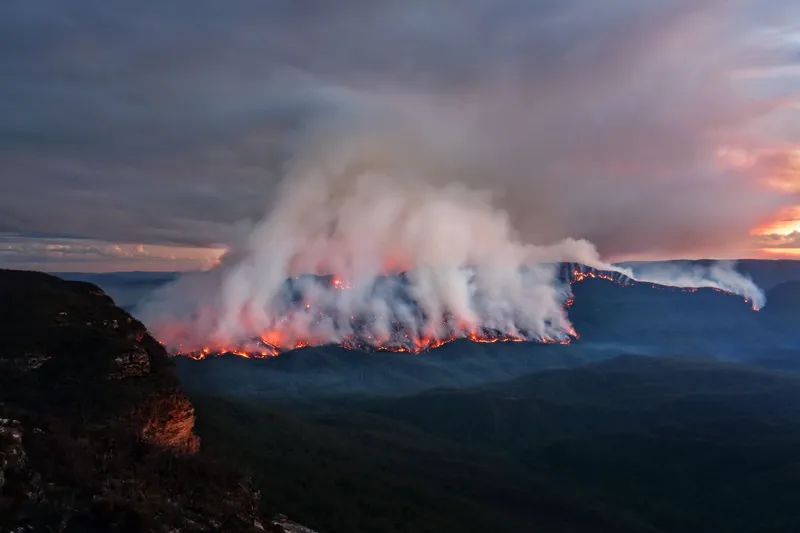How BAL Report Impacts Bush Fire Security Measures
In the realm of bush fire defense, the Building Attack Level (BAL) record stands as a vital device that substantially influences the security and strength of homes in fire-prone locations - BAL Report. The impact of a BAL evaluation expands much beyond simple documentation; it works as the foundation for determining the proper building and construction standards and fire security actions required to minimize the threats posed by bushfires. As neighborhoods face increasingly serious fire seasons, comprehending how the BAL report shapes these safety actions becomes vital for homeowners, contractors, and policymakers alike
Understanding the Bushfire Strike Degree

Relevance of BAL Record Analysis

Moreover, the BAL report evaluation works as a fundamental action in complying with legal commitments and requirements visit this website connected to bushfire protection. Regional councils and authorities usually mandate the submission of a BAL report as part of the preparation and building approval process to guarantee that buildings are effectively safeguarded against bushfire risks. Failing to conduct a click to find out more comprehensive BAL record evaluation can lead to insufficient protection procedures, leaving residential or commercial properties susceptible to devastating bushfire incidents.
Construction Criteria Based on BAL
A comprehensive understanding of the Bushfire Assault Degree (BAL) enables residential or commercial property owners to execute building requirements tailored to their details threat account. Building requirements based on BAL are vital in minimizing the influence of bushfires on buildings. The BAL ranking categorizes the prospective threat a residential or commercial property faces during a bushfire on a range from BAL-Low to BAL-FZ (Flame Zone)
Carrying Out Fire Security Measures
With the foundation of building and construction standards based on Bushfire Attack Degree (BAL) in position, the focus now moves towards the sensible execution of fire defense measures to strengthen homes against bushfire dangers. Carrying out fire protection actions includes a mix of passive and energetic strategies to boost the resilience of structures in bushfire-prone areas. Passive measures include making use of fire-resistant structure products, installing ash guards on vents, sealing spaces in roofs and wall surfaces, and preserving a clear room around the home without combustible greenery. Energetic measures include having firefighting equipment easily offered, such as hose pipes and water go to website pumps, in addition to developing a defendable space around the property by removing plants and having a well-maintained yard. In addition, developing an emptying strategy and guaranteeing all citizens know emergency procedures are critical components of efficient fire security actions. By incorporating both passive and energetic approaches, properties can dramatically reduce their vulnerability to bushfire events and boost the safety and security of residents.
Safeguarding Homes Versus Bushfires
Efficiently protecting homes versus the damaging effects of bushfires needs a thorough and aggressive method to fire security actions. In addition, securing voids and vents to protect against coal breach, as well as including fireproof doors and home windows, can aid strengthen the home's defense against bushfires. By accepting a positive position and incorporating these safety measures, house owners can dramatically enhance their possibilities of safeguarding their homes versus bushfires.
Verdict
In final thought, the Bushfire Attack Level (BAL) report plays a critical function in determining the necessary security actions versus bushfires. Implementing fire security procedures based on the BAL report is necessary in securing residential or commercial properties from prospective bushfire hazards.
In evaluating bushfire danger to buildings, comprehending the Bushfire Strike Degree (BAL) is an important part for applying effective security actions. Overall, a clear understanding of the Bushfire Attack Level is important for carrying out adequate protection measures and reducing the impact of bushfires on buildings.
